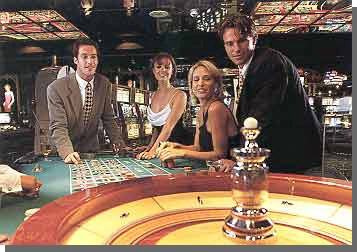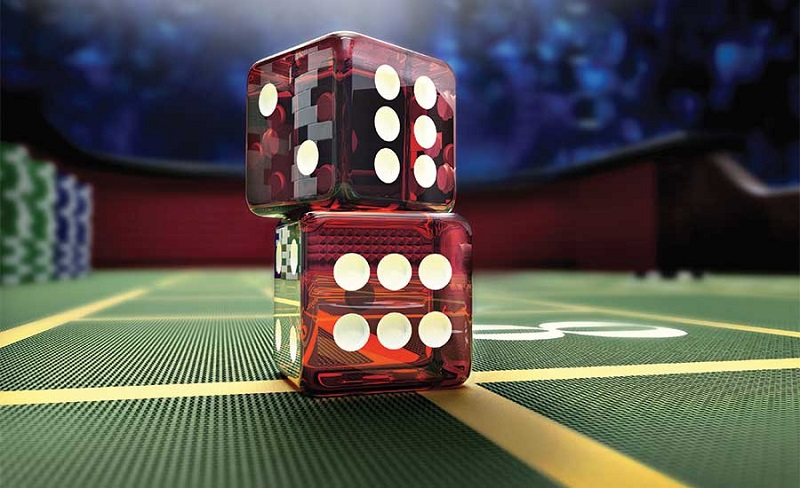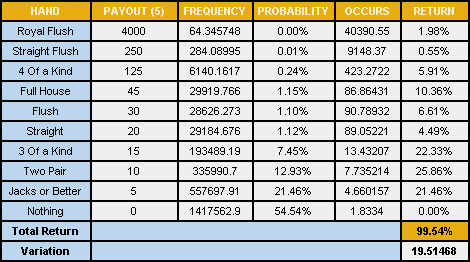Craps Secrets
The seven should roll six times in 36 rolls, and the combination of the 6 and 8 should roll ten times (five times each). So, in 36 rolls, you should win 10 times (at $35) and lose six times (at $60). This turns out to be a net loss of $10 ($350-$360). Craps Dealer Secrets - Dice Master Interview with David of CEG Dealer School. This is part 2 of a Craps Dealer Interview where I learn about craps strategies.
I love the game of craps, and I love articles on the internet that purport to be about “craps secrets.”
Blackjack was my game before craps, and roulette was my game before that. But now, if I’m going to play in a casino, I’m going to play at the craps tables.
I’m not new to casino gambling, either. My first visit to a casino in Las Vegas happened in 1995 when I stayed at the Sands. I stuck with roulette on that trip, but if I could do it over again, I would have played craps.
Shooting dice is just more fun than any of the other games.
Blackjack Secrets Wong
Of course, I don’t think there’s any skill to play craps other than avoiding the high edge bets and sticking with the low edge bets. Some people disagree with me, and I have some opinions about their ideas on this page, too. But if you need any help, check our game guide for craps.
In terms of games with huge winning or losing streaks, nothing compares to craps. It’s also the casino game with the most unique terminology and neologisms, which is fascinating to me as someone with a degree in English. Where else can you hear people talking about hardway bets, horn bets, snake eyes, and yo’s?
At any rate, here are three craps secrets that aren’t really secret to anyone except the newest of dice players:
1 – The Smart Money Sticks with the Low House Edge Bets
Everyone knows that casinos make money. Naïve gamblers think this is because the casinos somehow “cheat.”
That’s true, in a sense, but not in the way some people think.
The casino doesn’t have “control” over the outcome of a pair of dice or a roulette wheel. They don’t need control over that, either. They make plenty of money from having games which are truly random.
The way they guarantee a long-term profit is by paying out bets at lower odds than the odds of winning.
The difference between the odds of winning and the payout odds is called the house edge, and it’s usually expressed as a percentage. That’s the statistically predicted amount of money you’ll lose for every dollar you put into action.
For example, in a standard roulette game, the house edge is 5.26%. This means that – over time – the casino expects to win $5.26 for every $100 you and the other gamblers at the table bet.
They do this by offering payouts that are lower than the odds of winning.
A single number bet in roulette, for example, has a 35 to 1 payout.
But the odds of winning are 37 to 1.
Craps is no different, but unlike roulette, some of the bets at the craps table have much higher house edge numbers than others. And some bets have no house edge at all.
The most basic bet at the craps table is the pass line bet, which is just a bet that the shooter will “succeed.”
This bet pays off at even money if the shooter succeeds.
The house edge on this bet is 1.41%, which is relatively low.

Another bet on the craps table though is the “any seven” bet, which is a one-roll bet that the next roll of the dice will be a total of 7.
The odds of winning that bet are 5 to 1, but the payoff is 4 to 1.
The house edge for that bet is 16.67%, which is triple the house edge you’ll see on a standard roulette.
So the beginning of craps wisdom – the firsts “craps secret,” if you will – is to stick with the bets which have the lowest house edge.
2 – The Best Craps Bets Are the Pass and Come Bets
And the don’t pass and don’t come bets and the odds bet.
The pass line bet is a bet on the shooter to succeed. He succeeds if he does one of the following:
- Rolls a 7 or an 11 on the come-out roll (the first roll in a round)
- Rolls a point number on the come-out roll then rolls that total again before rolling a 7
He fails if he does either of the following:
- Rolls a 2, 3, or 12 on the come-out roll
- Rolls a point number on the come-out roll and then rolls a 7 before rolling the point number
The pass line bet wins even money when the shooter succeeds.
The come bet is just like the craps bet, but it treats the next roll as if it were a brand-new come-out roll. In other words, a come bet is just a pass line bet made on a roll where the shooter is trying to make the point.
It pays off under the same conditions and has the same payout.
The don’t pass and don’t come bets are the opposite. They win if the shooter fails, and they also pay off at even money.
The house edge is even lower on the don’t pass and don’t come bets, though – it’s 1.36%.
For most craps bettors, that’s not enough of a difference to root against everyone at the table. It’s more fun to root for the shooter to succeed than it is to root for the shooter to fail.
And 0.05% is a minuscule difference in the house edge.

Guess what the house edge is on the odds bet?
It’s the only bet in the casino with no house edge at all. It’s 0%.
The odds bet pays off at the actual odds of winning it.
Since the odds bet is based on the shooter trying to roll the point number again, the payout odds are the same as the odds of winning, which vary based on the number:
- The odds of winning the odds bet if the point is 4 or 10 are 2 to 1. Those are also the payout odds
- The odds of winning the odds bet if the point is 5 or 9 are 3 to 2. Those are also the payout odds
- The odds of winning the odds bet if the point is 6 or 8 are 6 to 5. Those are also the payout odds
If you placed a “don’t pass” bet, you’re “laying” the odds bet instead of “taking” the odds bet. The payouts and conditions for winning are reversed.
You win if the shooter rolls a 7 before rolling the point number. If the point is 4 or 10, for example, the bet pays off at 1 to 2 odds. If the point is 5 or 9, the bet pays off at 2 to 3 odds. And if the point is 6 or 8, the payout is 5 to 6 odds.
3 – Craps Is NOT a Good Candidate for Advantage Play
You’ll find some writers who claim that you can get an edge at craps by learning how to control how the dice land. You should be skeptical of this.
One of my favorite bogus pieces of advice about craps is to find a shooter who’s having what seems like an unusual streak of good luck and then bet on him (or her). The idea is that this shooter might be a “rhythmic roller.”
Since the odds in craps are so close to even anyway, the premise behind dice control is straight forward. Even if you’re only partially successful, if you can adjust the odds of winning only slightly, you can tilt the odds in your favor.
This sounds nice in theory but think about it for a minute.
What did the casinos do when they learned about counting cards?
They immediately implemented strong countermeasures – more decks, more shuffling, and stricter rules.

The Five Count In Craps
When you’re shooting in craps, you must clear the entire table and hit the opposite wall. Dice control proponents suggest setting the dice in your hand a certain way before throwing them. Then you’re supposed to throw them so gently that they just barely hit the back wall and don’t roll.

Conclusion
Craps is my favorite game, but most of the so-called craps secrets that are being “revealed” on the internet aren’t really secrets at all.
The good bets are the good bets, the bad bets are the bad bets, and the house always wins in the long run.
Has this been your experience with craps, or do you disagree?

Either way, leave a comment and let me know.
Please enable JavaScript to view the comments powered by Disqus.